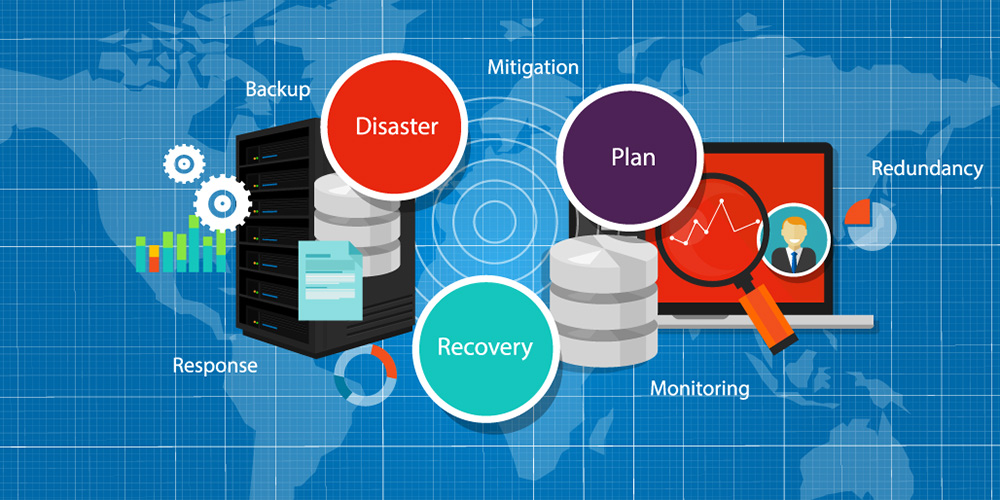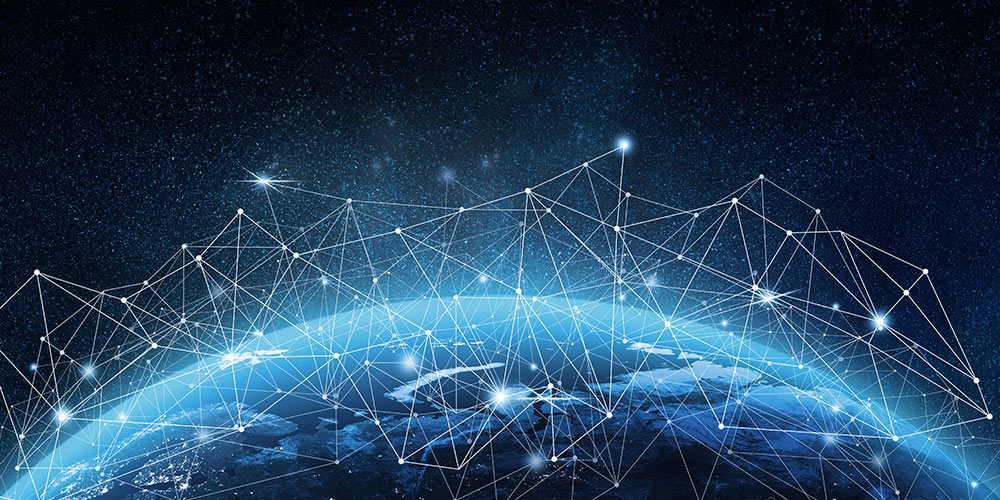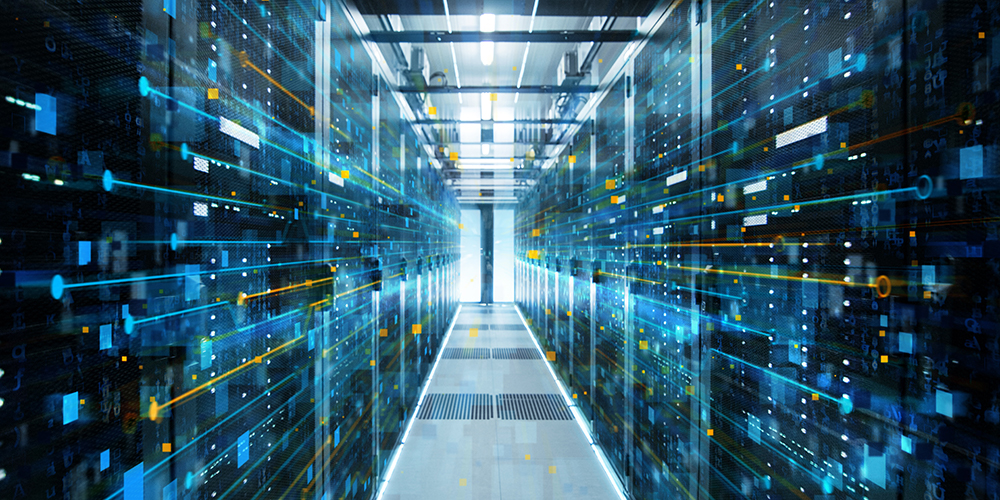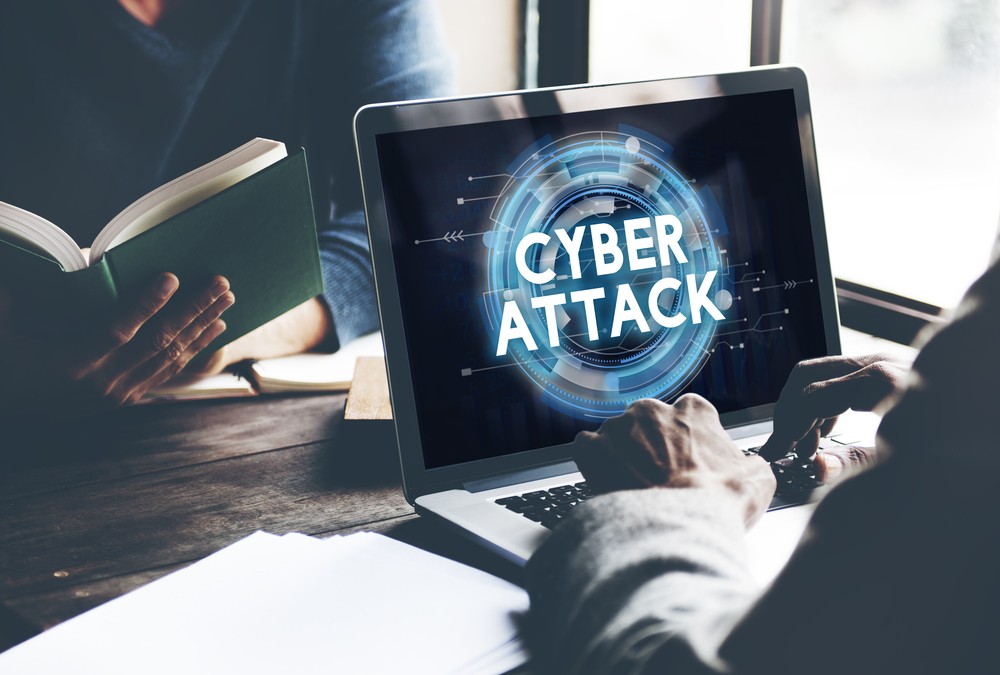
May 9, 2019 | SMB Technology, SMB Technology, SMB Technology, SMB Technology, Technology News
Imagine if your business had a cost-effective and flexible way of accessing data, applications, and unified communications, without the maintenance and management of on-premise equipment. Read on to learn more about benefits and considerations of this service delivery model. Benefits of Using Software as a Service Software as a service, or SaaS, is becoming increasingly more common, with an average expenditure increasing at 78% between 2017 and 2018, according to Forbes magazine. This cloud-based delivery model is one in which companies can adopt an economical, ready-to-go approach to accessing the latest technology. The software is managed and maintained by a provider, reducing a company’s need to buy, implement and maintain on-premise infrastructure. With SaaS, rapid deployment of applications–Unified Communications, call center, chat, and more–is possible, all using a unified web-based interface. All that a business needs to have is Internet access and a web browser. From a cost standpoint, a business can pay a provider a monthly or annual subscription, rather than investing a large sum up front. Not only that, the capital expense of on-premise infrastructure is converted to an operating expense that can be spread out over a longer period of time. This allows businesses to focus on innovation and long-term company strategy. What to Consider before SaaS Adoption Even with the benefits of SaaS, individual companies need to assess whether it is the right option. Often, small companies with straightforward operations and which are looking to cut costs, benefit the most from a SaaS model. For those businesses that do opt for SaaS, further considerations exist. For instance, is the network robust enough to handle additional...

Apr 17, 2019 | SMB Technology, SMB Technology, SMB Technology, SMB Technology, Technology News
With disasters–natural and manmade–in the news, preparedness in the form of a business continuity plan is vital. Disaster recovery, or the ability of a business to continue running during and after a disaster, is a key part of business continuity. Read on to learn more about developing a plan to keep your business operating even when things go wrong. The Importance of Being Prepared During a Disaster Recovery Scenario According to an article by CompTIA, 40% of businesses do not reopen after a disaster. A quarter (25%) of unprepared businesses fail within one year. A disaster recovery (DR) plan enables businesses to respond, not just react, in the event of a disaster. It is a subset of an overall plan, and has to do with immediate access to systems and applications–and their associated data. The company can stay in business, without loss of revenue or reputation. Creating a BC/DR Plan: Questions to Consider The first question to consider in developing a DR plan is determining which systems are mission-critical, most crucial to conducting business. Some, such as communications, important applications and data storage, are the most essential; others can wait until the disaster is over. How much downtime can your business handle, without loss of revenue or reputation? With regard to data storage, consider whether it should be kept on-premises or be stored remotely in a data center. Is the network redundant; that is, if one section goes down, can another take up the load in its place? For data storage, the cloud can also be a good option, and using the cloud has become a trend in recent...

Apr 9, 2019 | SMB Technology, SMB Technology, SMB Technology, SMB Technology, Technology News
With some parts of the country heading into tornado season, and with natural and man-made disasters a possibility anywhere, there’s no time like now to consider how to keep your business running in the event of a flood, fire, earthquake, or even a cyber attack. A Business Continuity (BC) plan keeps your business running both during and after a disaster, minimizing downtime and the resulting loss of revenue and reputation. Read on to learn more about what such a plan can mean for your business. The Cost of Not Being Prepared An event such as a storm or a cyber attack has the potential to severely impact your business. According to technology research firm Gartner, businesses that experience a data disaster have a two-year survival rate of just 6%. Also, for every hour of downtime, $42,000 can be lost. Moreover, the loss of reputation of your business if customer data is lost or leaked, can be significant. If your business is in an industry subject to special regulations (HIPAA, for instance), data compromise can bring about fines and other penalties. To avoid these consequences, and to get the best results from your business’ technology budget, ask questions to assess your risks. Components of a Business Continuity Plan One key consideration is which components of your business are mission-critical. Perhaps it’s maintaining access to data that is needed to run the business. Or it’s keeping the data you have safe. Perhaps it’s ensuring employees within your company can communicate with each other by email. Another part of the plan is to determine recovery-time objectives, how long your business can be...

Mar 19, 2019 | SMB Technology, SMB Technology, SMB Technology, SMB Technology, Technology News
A company’s network is the backbone of its IT infrastructure, depended upon for connection to customers, potential customers, vendors and employees, as well as public and private cloud infrastructure. Not only that, your network’s health is one of your best defenses against cyber threats. However, to stay healthy and in compliance with standards and regulations, you need to be proactive. Read on to find out how to keep your network in good health and compliance. Marks of a Healthy Network According to an article on network health, a company’s computer network is ideally flexible, efficient and secure. It links you to services essential for your business-critical applications to remain available and run smoothly. Offsite backup is also dependent upon the condition of your network. Just as important as working well, it needs to be secure, with no intrusions by malware, viruses, or unauthorized users. Your data needs to be protected whether or not your business is subject to industry regulations like HIPAA or PCI-DDS. Provided your network is already in good shape, network compliance will be easier as will avoiding fines for non-compliance. How to Improve and Maintain the Health of Your Network Both technological and human resources can work together to keep your network in tip-top shape. Your servers need to have up-to-date operating system patches (ideally automated) and current anti-virus and anti-malware definitions; these definitions need to extend to every device connected to your network. Make sure to monitor your network, looking for possible intrusions, weak spots, and any element possibly out of compliance. Consider an offsite network monitoring application that can work twenty-four hours a day....

Mar 12, 2019 | SMB Technology, SMB Technology, SMB Technology, SMB Technology, Technology News
Cyber attacks and data breaches are regularly in the news, and often come with a loss or exposure of customers’ data and a loss of reputation to the business. Large, well-known businesses are often in the headlines; small to medium-size businesses, however, are just as much at risk. Knowledge of cybersecurity practices has yet to keep up with new threats. According to CompTIA’s 2018 Trends in Cybersecurity report, “Businesses with fewer than 100 employees are far more likely than their larger counterparts to feel that their IT security is simply adequate or unsatisfactory. Without a deep resource pool to lean on, smaller firms struggle to address new facets of IT security.” To learn more about protecting your data, read on. The Importance of Data Protection When a cyberattack occurs, customer data can be either lost or get in the hands of cybercriminals. As a result, customers can lose trust in your company to keep their data safe, data that is generated through online interactions with your company. How do you protect this data, your relationships with your customers, and your company’s bottom line? Your business may also be subject to regulatory compliance, such as following GDRP, HIPAA or PCI-DDS. As ever, it’s important to keep antivirus and anti-malware definitions up to date and to monitor your network. Backing up data in the Cloud is also an option to consider. But just as important is to develop a culture of cybersecurity in your organization. Develop a Culture of Cybersecurity Managers and CEOs can set the tone for a culture of cybersecurity by emphasizing the benefits of data protection. Not only...

Feb 14, 2019 | SMB Technology, SMB Technology, SMB Technology, SMB Technology, Technology News
Imagine that your employees could be your strongest defense against cyber attacks, rather than a potential area of weakness. According to a CompTIA 2019 industry trends report, in all the innovation taking place, cybersecurity is an enduring concern. Other statistics indicate that user error contributes to nearly 25% of cyber breaches. Read on to learn more about how to train your employees to be your greatest defense against cyber attacks. Train Employees to Defend Against Cyber Threat Cyber attacks are on the rise, in the form of phishing (and spear phishing) designed to implant malware on devices, and merely installing antivirus detection software or firewalls is only one part of prevention. Employees need consistent training on how to recognize phishing attempts, and this training needs to be reinforced frequently. Employees trained to recognize and report phishing schemes–wherein a bad actor poses as a legitimate entity in order to garner personal information—can be an asset in your cybersecurity strategy. One facet of training involves making employees aware of different types of schemes, such as hackers gathering specific information about employees or about your company, also known as spear phishing. In this type of attack, phishers can even make it look like an email is coming from a supervisor, in order to trick employees. Keep Cybersecurity Training Continuous Once employees are aware of specific threats, emphasize that they have a key role in protecting your business and themselves at the same time. Teach them through testing their knowledge via fake phishing schemes or a USB drop. Various vendors offer different resources for training and reinforcement. Another idea for ongoing training is...







